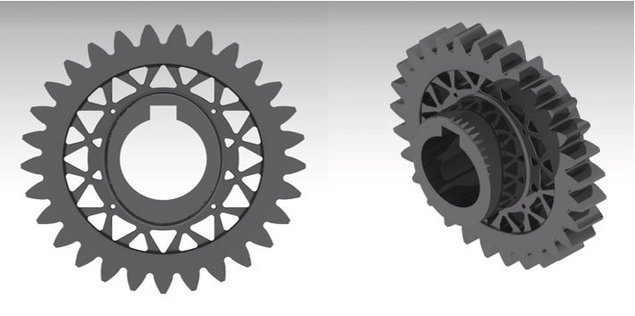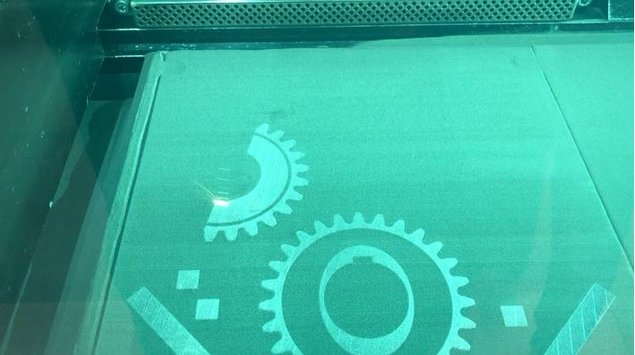Research Topic
| Short Title | Induction Hardening of 3D-Printed Gears |
| Start of Project | Q4/2021 |
| Funding | FVA-Nr. 945 I, IGF-Nr. 22024 N Federal Ministry for Economic Affairs and Climate Action, BMWK |
| Project Partner | Leibniz-Institut für Werkstofforientierte Technologien, IWT |
| Contact | Dr.-Ing. T. Tobie |
Project Description
In order to preserve our planet sustainability and the efficient use of resources are very important. Efficient and sustainable drive trains can be realized by gears with increased power density. The combination of additive manufacturing and inductive heat treatment leads to the desired higher power density through increased strength and reduced weight. Additive manufacturing by laser beam melting in a metallic powder bed enables innovative, power-flow-compatible lightweight designs that cannot be realized using conventional manufacturing methods. After additive manufacturing, the printed material has a high dislocation density, which can be used for higher surface hardness and increased component strength through efficient induction hardening. In the project, model samples and gears of different materials, lightweight designs and heat treatments will be experimentally tested for their load-carrying capacity in the tooth root and the tooth flank in order to determine mechanical parameters and thus identify the optimum combination with the greatest possible potential. The project has a high economic significance for the additive manufacturing industries, especially for powder manufacturers and 3D printing contract manufacturers, as well as for inductive heat treatment, especially for gear manufacturers and contract heat treaters. Answering the questions posed by the project is a high priority, especially for small and middle sized companies in these industries, as the results can be used to further develop achievable component quality and manufacturing methods, as well as to realize new time and cost-saving potential. Through the innovative combination of additive manufacturing and inductive heat treatment processes, resources can be used efficiently and modern gears for sustainable transmissions can be manufactured.

